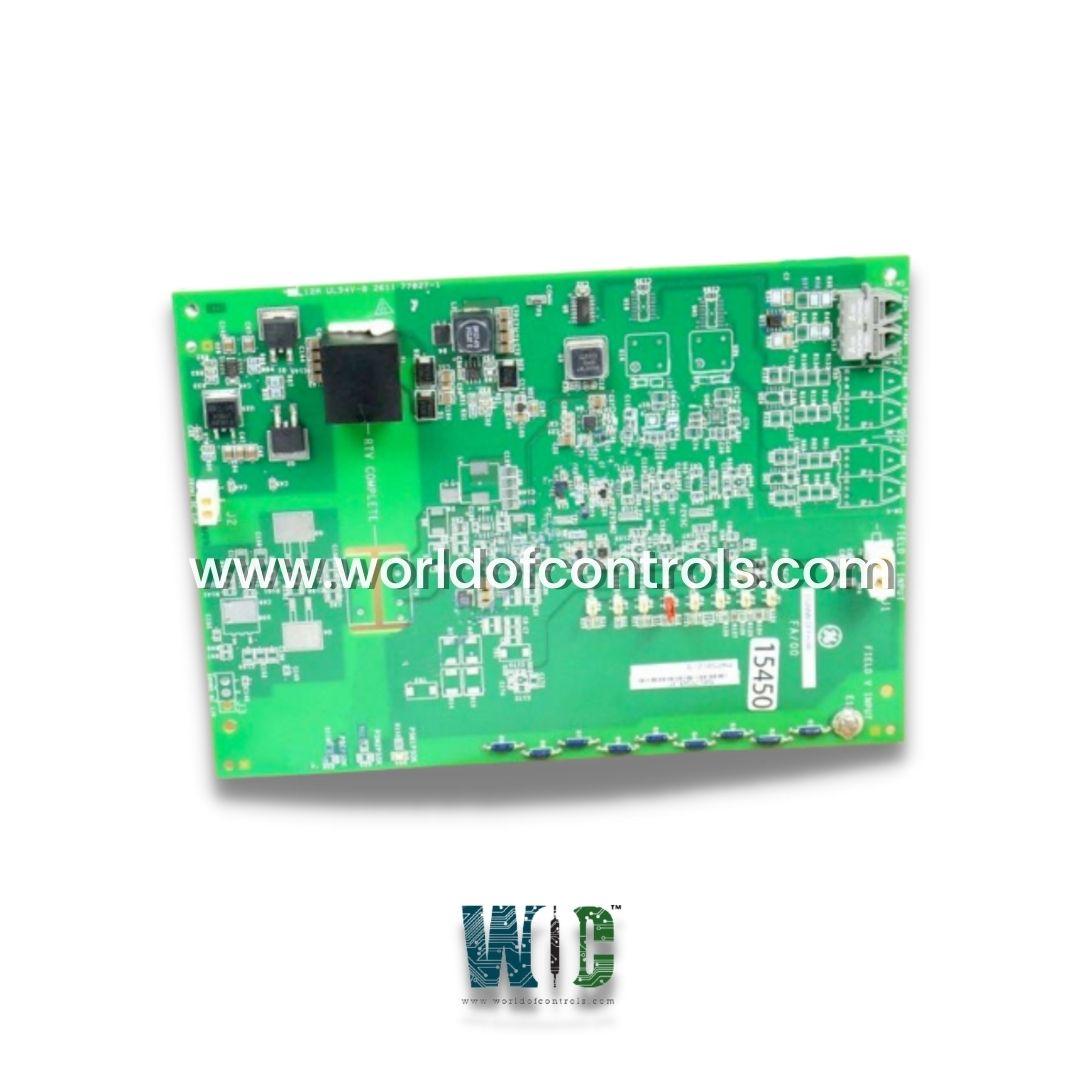
World Of Controls understands the criticality of your requirement and works towards reducing the lead time as much as possible.
IS200EDFFH3A - I/O Terminal Board is available in stock which ships the same day.
IS200EDFFH3A - I/O Terminal Board comes in UNUSED as well as REBUILT condition.
To avail our best deals for IS200EDFFH3A - I/O Terminal Board, contact us and we will get back to you within 24 hours.
Part No.: IS200EDFFH3A
Manufacturer: General Electric
Function: I/O Terminal Board
Series: EX2100e
Part Specific Manual GEI-100770
Product Type: PCB
Country of Manufacture: United States (USA)
IS200EDFFH3A is an I/O Terminal Board developed by GE. It is a part of EX2100e excitation system. This I/O Terminal Board serves a critical role in the system by providing the necessary connections for both digital and analog inputs and outputs, facilitating the seamless exchange of signals and data between various components. The primary function of the I/O Terminal Board is to serve as an interface between the EX2100e excitation system and external devices or systems. It enables communication with sensors, actuators, control devices, and other equipment involved in the excitation process. The board incorporates a range of input and output terminals to accommodate different types of signals and connections. One of the key features of the I/O Terminal Board is its capability to handle both digital and analog inputs and outputs. Digital inputs typically include signals such as status indicators, switches, or contact closures, while analog inputs deal with continuous signals such as voltage or current measurements. Similarly, digital outputs can control relays, alarms, or other devices, while analog outputs are utilized for precise control and modulation of signals. The board also includes various integrated features that enhance its functionality. These features can include voltage and current sensing capabilities, which allow for accurate measurement and monitoring of electrical parameters in the system. Relay outputs provide the ability to control external devices based on specific conditions or triggers, expanding the control capabilities of the excitation system. To aid in troubleshooting and maintenance tasks, the I/O Terminal Board incorporates diagnostic LEDs. These LEDs provide visual indicators to quickly identify the status or potential issues related to specific inputs or outputs. By observing the LED patterns, operators and technicians can efficiently diagnose problems and take appropriate corrective actions.
World of Controls has the most comprehensive collection of GE EX2100e components. Please contact WOC as soon as possible if you require any extra information.
What is IS200EDFFH3A?
It is an I/O Terminal Board developed by GE.
What is the H3 group variation model of the board?
The H3 group variation model of the board is one of the three different group variations available, and it can only operate in a simplex system.
Where is the EDFF board used within the High Voltage Interface module?
It is used within the High Voltage Interface module to provide voltage feedback and DC currents to the controls.
What is the role of the current shunt in the power conversion module?
The current shunt in the power conversion module produces a mV output signal, which is received by a differential amplifier on the board.